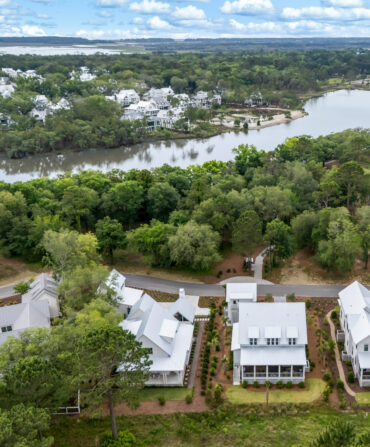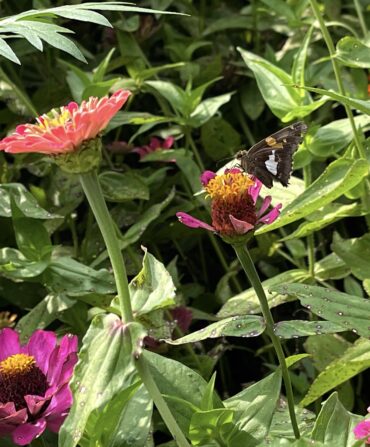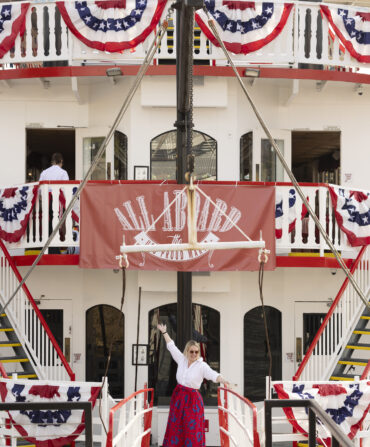Alabama isn’t typically mistaken for England. But that may change.
This story begins in 1978 in the English countryside, where a Selma-born architecture student named Bobby McAlpine came across stone cottages roofed with thatch—tightly bound reeds or straw. “Before then I’d been teased by illustrations and film that they existed in some storied realm,” he recalls. Seeing them in person, “my heart nearly came through my chest.” This spurred McAlpine’s lifelong passion for a thatched roof’s singular combination of “the perishable and the permanent.” But despite becoming as influential as any American architect not named Wright, he couldn’t convince any of his clients to give thatch a try.
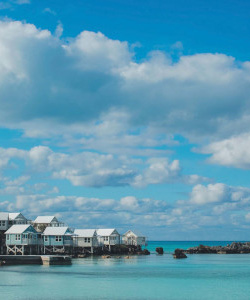
Ben Shepard, McAlpine’s former student at Auburn’s School of Architecture, chalks up clients’ reluctance to misconceptions that “thatch costs more than even slate, and it’s likely to blow away or catch fire.” Shepard and McAlpine could tell them that, in fact, a thatched roof can last seventy years, making it cost-effective, and its density forestalls fires—on top of providing off-the-charts insulation. Still, clients balked. “Thatch is a poetic choice,” McAlpine admits, and it requires “the rare client willing to reach that far into a vulnerable material that doesn’t have a warranty.”
In 1999, McAlpine finally found such a client: the Alabama Shakespeare Festival. The resulting three-hundred-seat amphitheater in Montgomery—a post and beam construction without any nails, true to Shakespeare’s time, and yes, thatched—was a resounding proof of concept, enabling McAlpine to sell several of his clients on the material.
But, alas, only for cabanas and porches.
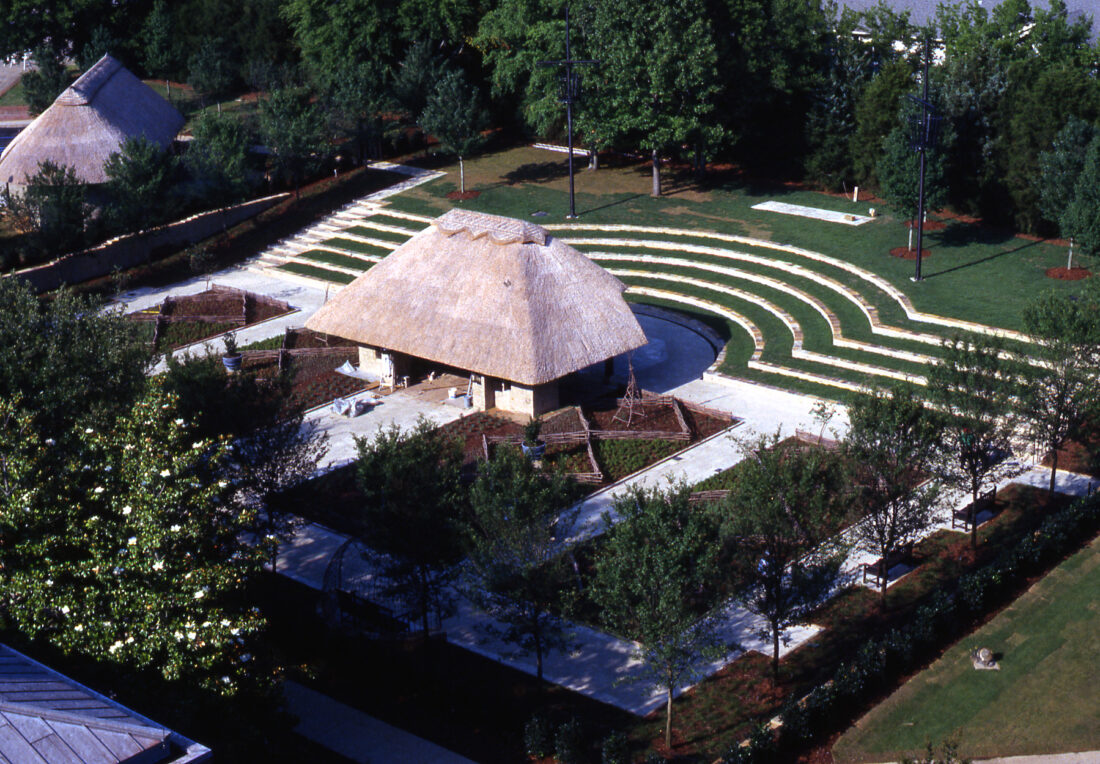
He inspired other architects, however, including his former pupil Shepard. In 2015, a client came to the Birmingham-based Shepard & Davis Architecture firm looking to transform a forty-by-sixty-foot livestock barn in nearby Chelsea into a living space for humans as well as animals. Nestled into a sheep-dotted meadow out of a Grimm brothers’ tale, the barn reminded Shepard of two McAlpine dictums: Integrate a home into its surroundings and just because you can be loud with design doesn’t mean you need to be. Needless to say, Shepard didn’t propose a brutalist glass and chrome monolith with a hayloft. Instead, he and partner Darla Davis advanced a modest design, essentially a steep-roofed version of a Monopoly hotel. Its beauty, they believed, would lie in humble materials that could in theory have come from the property, making it harmonious with its pastoral setting. A thatched roof, at once softening the structure’s silhouette and adding visual heft, was paramount.
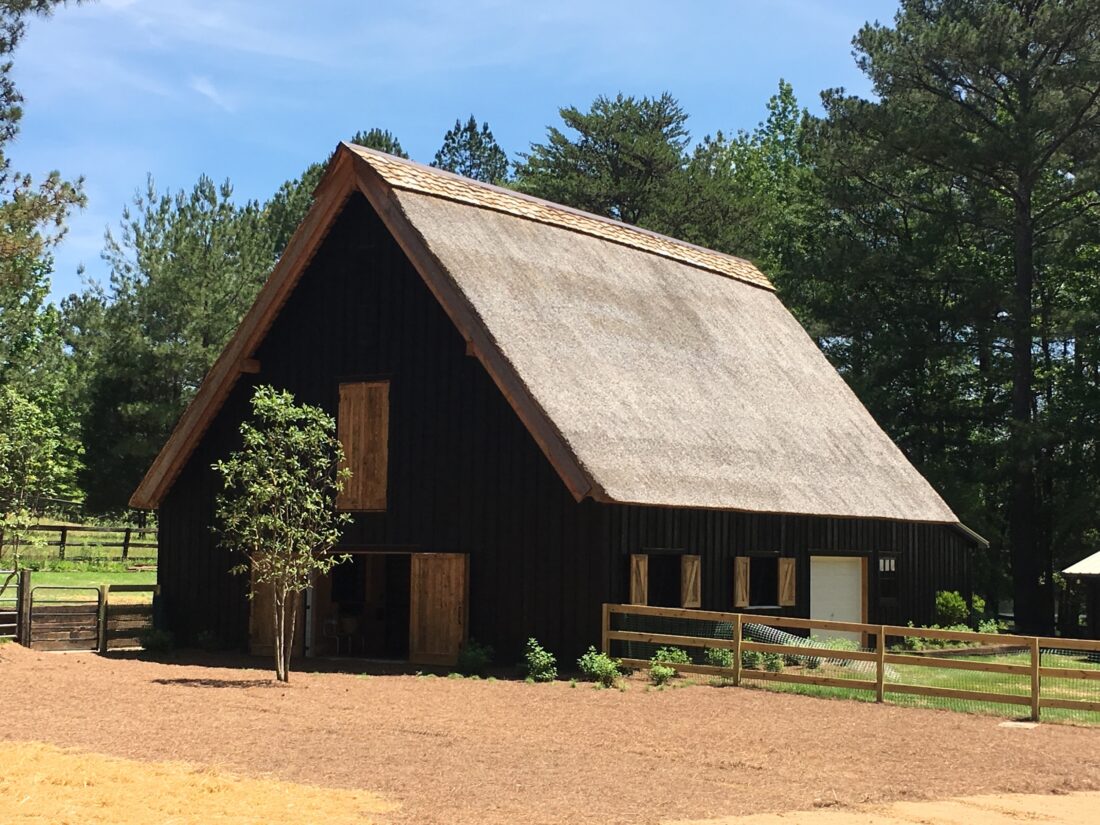
For that, they needed an experienced thatcher. Luckily, despite scant demand for thatch beyond the odd tiki bar, a Scottish master thatcher, Colin McGhee, had moved to America (for a girl, naturally) in 1991. Setting up operations in Virginia, he’d found jobs here and there, like an Irish pub in New Jersey subsequently named—in appreciation of his efforts—Thatcher McGhee’s.
Because of Alabama’s humidity, McGhee recommended Shepard and Davis use Turkish water reed, which would have to be imported from Turkey. For the standard twelve-inch-thick roof, he needed six acres’ worth. Also, once the reeds cleared customs, their moisture-retaining leaves had to be peeled away. He and his assistant would then fix bundles of reeds to the rafters, shaping them with knives and two-tine pitchforks, meanwhile compacting them with a mallet-like leggett until each cubic foot weighed eight pounds. The work would take a month.

Turkish water reed, Shepard and Davis learned, is prized for its honey-brown hue, uniform circumference (about that of a drinking straw), and strength, which in its native soil is unmitigated by the nitrates found in modern fertilizers. It’s also waterproof, and, on a roof, disperses rainwater so efficiently that gutters are unnecessary. Unfortunately, the architects thought, it was going to cost more than gold.
As it turned out, it was only marginally more expensive than cedar. Their client approved, and the overhaul, completed in May of 2016, elated everyone involved, notably sustainable building enthusiasts. McGhee and his reeds were soon in demand on ten more Alabama roofs, including those at a Lake Martin compound owned by, at long last, a McAlpine client willing to go full-thatch: McAlpine himself. That project has in turn led to more thatching, all over the country.
McGhee is currently working on the onetime home of silent film star Harold Lloyd in Beverly Hills, where, given the reactions of the locals and their predilection for the latest trends, Alabama can say it was way ahead of this one.



